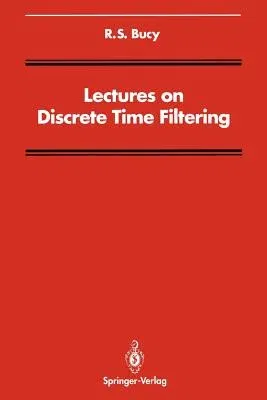R S Bucy
(Author)Lectures on Discrete Time Filtering (Softcover Reprint of the Original 1st 1994)Paperback - Softcover Reprint of the Original 1st 1994, 8 November 2011

Qty
1
Turbo
Ships in 2 - 3 days
In Stock
Free Delivery
Cash on Delivery
15 Days
Free Returns
Secure Checkout
Part of Series
Signal Processing and Digital Filtering
Print Length
156 pages
Language
English
Publisher
Springer
Date Published
8 Nov 2011
ISBN-10
1461383943
ISBN-13
9781461383949
Description
Product Details
Author:
Book Edition:
Softcover Reprint of the Original 1st 1994
Book Format:
Paperback
Country of Origin:
NL
Date Published:
8 November 2011
Dimensions:
23.39 x
15.6 x
0.97 cm
ISBN-10:
1461383943
ISBN-13:
9781461383949
Language:
English
Location:
New York, NY
Pages:
156
Publisher:
Weight:
254.01 gm

